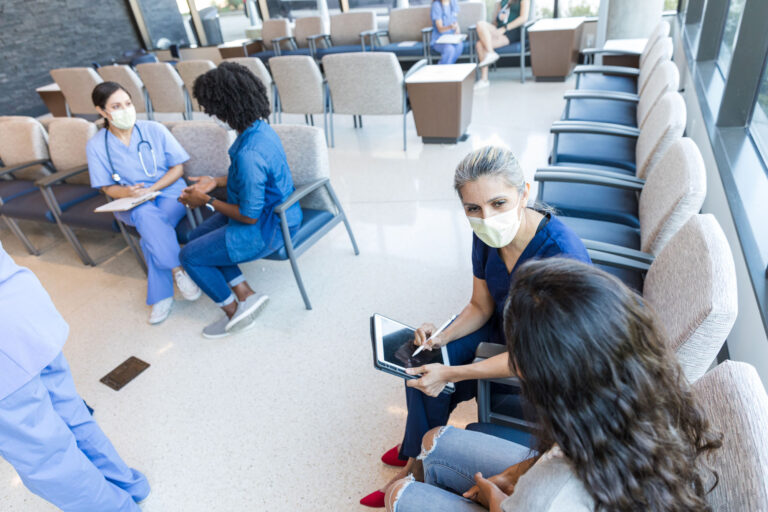Medi-Cal, California’s Medicaid program, is the most common type of public health insurance in the state, and is jointly funded by the state and federal governments. Because Medi-Cal targets low-income and other vulnerable individuals, eligibility can fluctuate over time due to income or household changes. The sunset of a pandemic-era Medi-Cal policy will reduce enrollment and California’s General Fund commitment, but some individuals will fall through the cracks.
In March 2020, the federal government declared a public health emergency in response to the COVID-19 pandemic. As part of the declaration, the federal government offered enhanced Medi-Cal funding in exchange for pausing regular reviews of participants’ eligibility in order to help people maintain stable coverage throughout the health emergency. Last December, Congress decoupled the pause from the public health emergency, and officials will restart reviewing participants’ eligibility on April 1, while the emergency will end on May 11.
The pandemic pause in reviewing eligibility reversed declining Medi-Cal enrollment, with low-income adults and children driving the change. Groups such as undocumented immigrants and moderate-income children had relatively little change over time. The remaining group of enrollees, which includes seniors and people with disabilities, declined slightly. As of September 2022, the program had more than 15 million enrollees and was still growing. Medi-Cal enrollment is likely to peak in March before the eligibility reviews restart.
Officials typically conduct regular eligibility checks to identify people who no longer qualify for Medi-Cal. This is important because individuals’ circumstances may have changed. However, factors such as paperwork difficulties or having outdated contact information on file can lead to disenrolling people who still need the program. This can then lead to people reenrolling in Medicaid not long after being disenrolled. This on-again, off-again pattern, called “churn,” results in periods of no coverage, when people may avoid getting care or be turned away from care. In the 12 months before the pandemic, between 70,000 and 104,000 Medi-Cal enrollees every month “churned” through the program, but current high enrollments will likely lead to more churn in the future.
Keeping eligible participants continuously enrolled is associated with improved health outcomes. A national study showed that reducing Medicaid churn decreased emergency department use and avoidable hospitalizations. The findings are similar to an older California study that found that reducing churn decreased avoidable hospitalizations among children, although it increased program costs.
Restarting eligibility reviews will reintroduce the issue of churn. It will also, however, save the state money in the near term, reducing California’s General Fund commitment to Medi-Cal by an estimated $1 billion in the next fiscal year. This will ease the state’s projected $18 billion budget deficit, but the budget relief is relatively modest because most funding for Medi-Cal comes from the federal government. The challenge for California will be to minimize the number of still-eligible people who fall through the cracks as this sweeping federal policy change sunsets.




